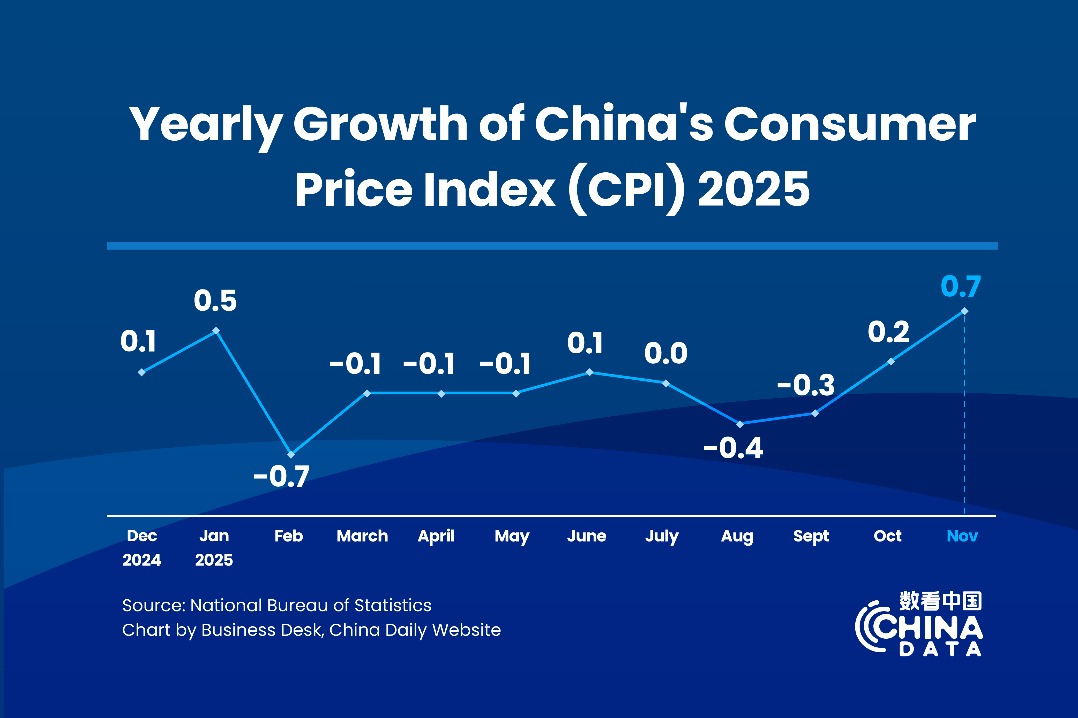Transforming economy and nation


Meanwhile, Chinese companies are actively exploring how to use the superfast wireless technology to promote industrial upgrade and digital transformation in traditional sectors.
Zhao Houlin, secretary-general of the International Telecommunication Union, said earlier that China has built the largest commercial 5G network, and the nation's consumer internet and industrial internet have also entered the fast lane, putting China among the leaders in global innovation and development.
The industrial internet refers to the convergence of industrial systems with the power of advanced computing, analytics, sensing and new levels of connectivity.
It used to be jargon known only to telecom industry insiders, but now the term has wider resonance with people from a wide range of sectors, with front-line workers particularly benefiting from the technology.
Liu Jiwen, who is in charge of Hunan Valin Xiangtan Iron and Steel's 5-meter-wide thick plate production facility, said he has a deep sense of what the integration of 5G and the industrial internet can deliver.
In a control room of the company's steel plant in Xiangtan, Hunan province, four technicians operate joysticks to remotely control bridge cranes in a neighboring high-temperature plant. Via a big screen that displays real-time video of the plant, the employees monitor the processes and all the equipment, and move everything about in an orderly fashion.
"Previously, the control center had to be placed within a steel plant to allow it to control the process without a time delay. We had to work in an environment with high temperatures, noise and dust. But all of this has changed due to the 5G network," Liu said.
Liu also said that 5G's low latency and big bandwidth allow the control center to be located in a comfortable workspace outside the mill and just one employee can remotely operate multiple bridge cranes simultaneously, thus significantly boosting efficiency.
This is in stark contrast to the often seen image of steelworkers toiling away at mills amid difficult conditions. The typical labor-intensive iron and steel industry is undergoing transformation, thanks to the commercialization of 5G and other cutting-edge technologies.
On top of stepping up the push to unleash the full potential of the most advanced communications technology so far, Chinese telecom companies are intensifying efforts in R&D and making more contributions to global technical standards.
Jason Ding, head of intellectual property department at Huawei Technologies Co, said the company has become one of the world's largest patent holders through investment in innovation. At the end of 2020, Huawei held over 100,000 active patents worldwide.




































